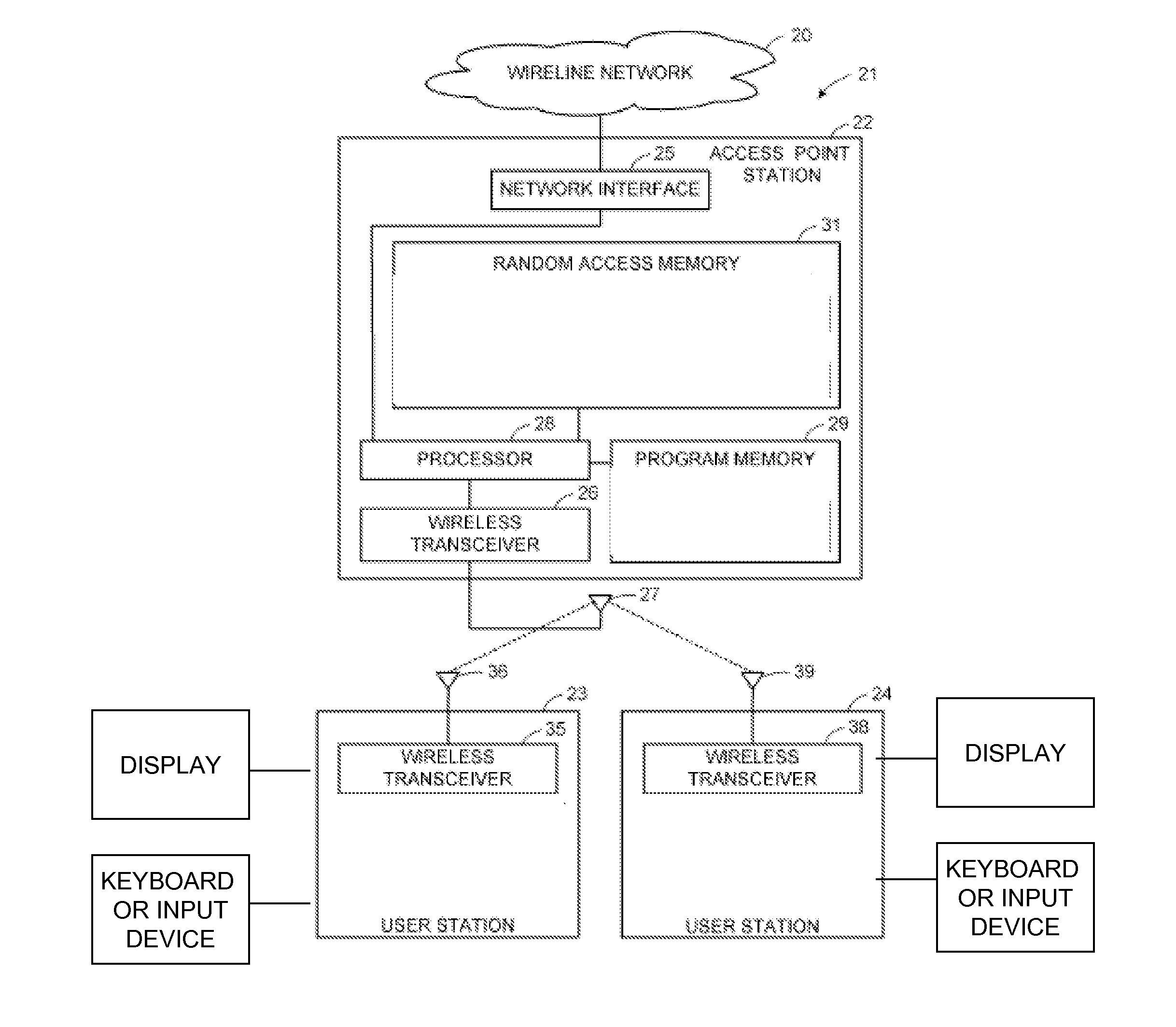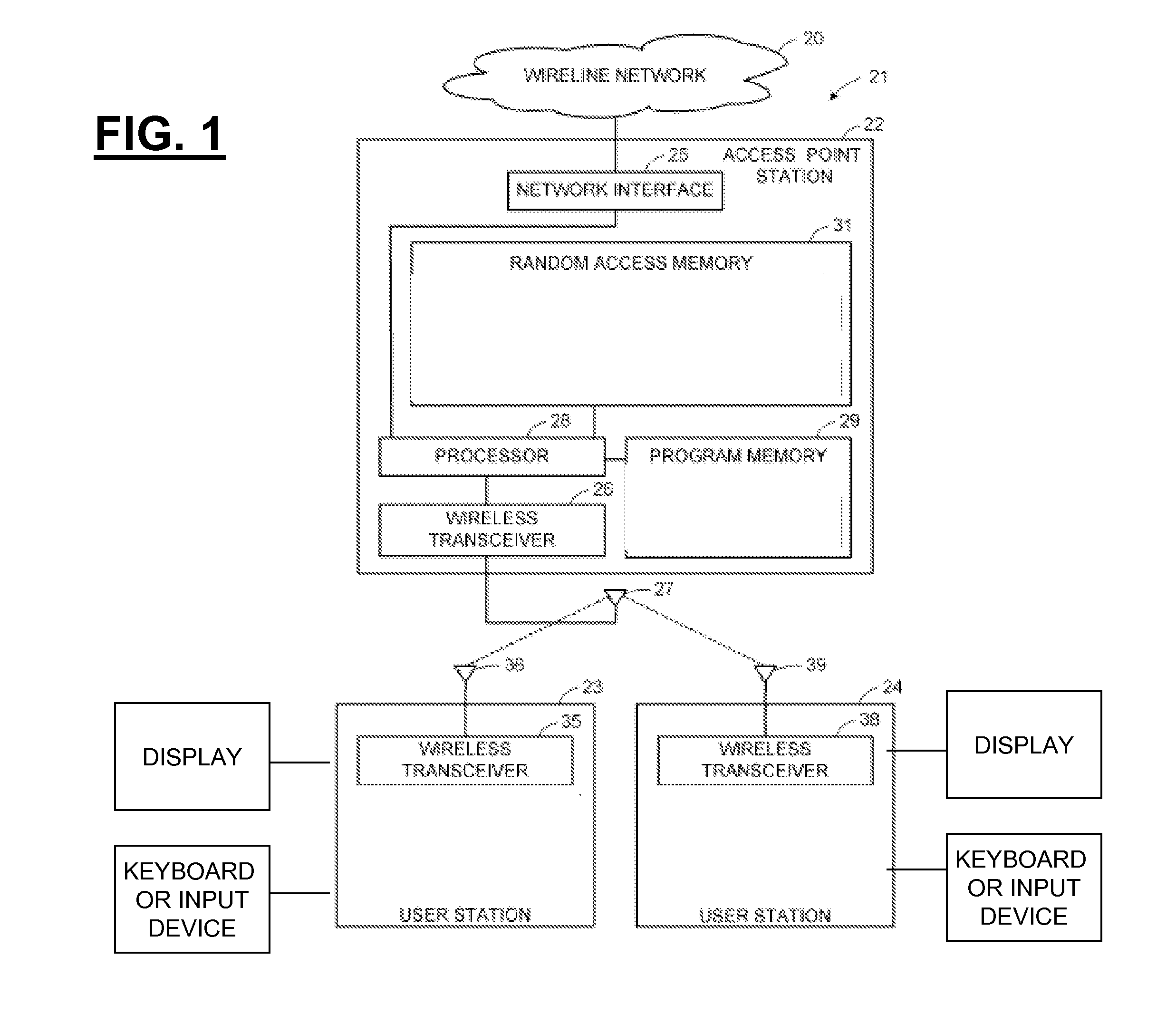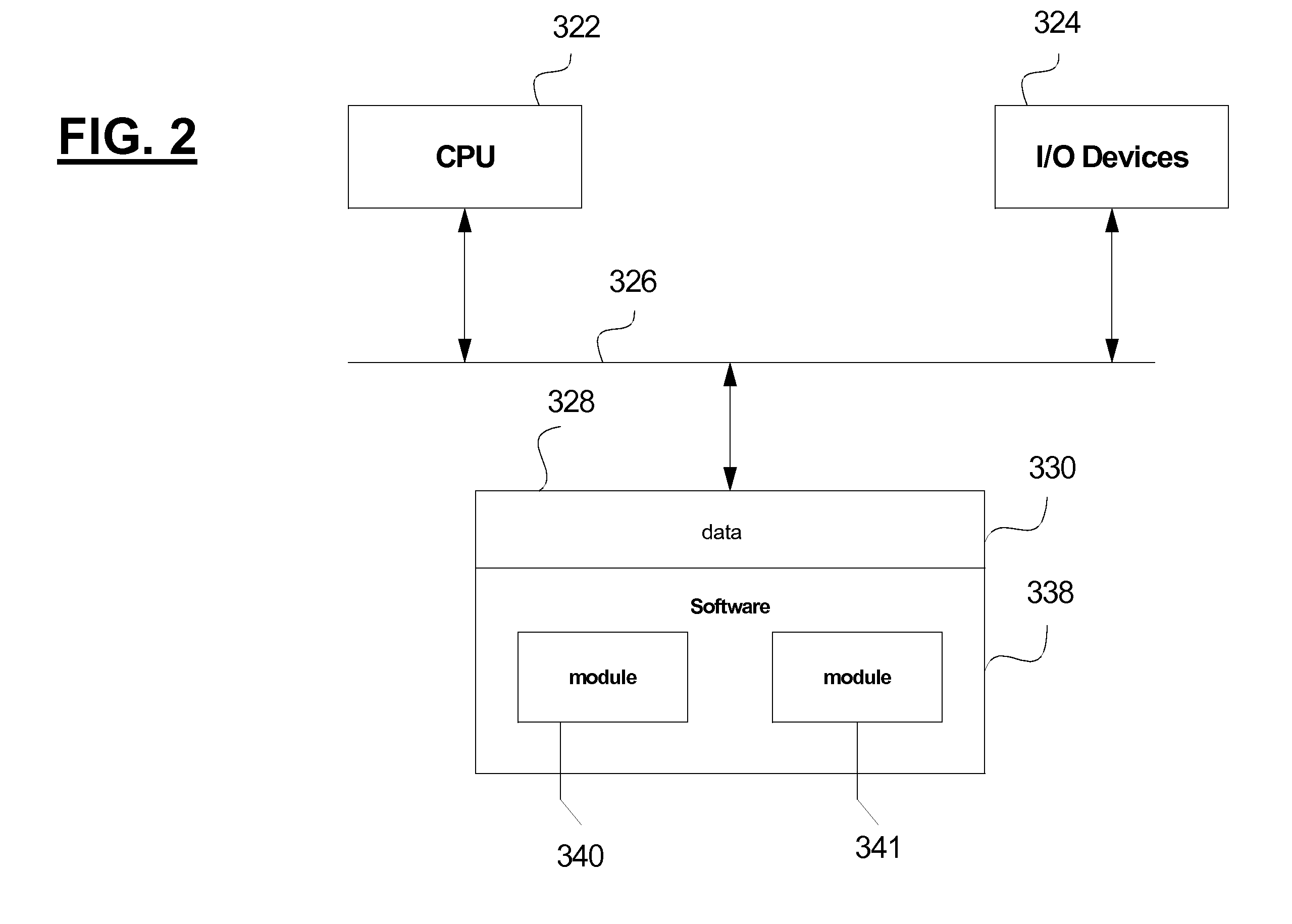Channel binding mechanism based on parameter binding in key derivation
a channel binding and parameter technology, applied in the field of channel binding parameters, can solve the problems of mutual authentication, inability to assume that routing protocols support any eap method-specific code, and inability to deliver packets properly
- Summary
- Abstract
- Description
- Claims
- Application Information
AI Technical Summary
Benefits of technology
Problems solved by technology
Method used
Image
Examples
Embodiment Construction
[0098] While the present invention may be embodied in many different forms, a number of illustrative embodiments are described herein with the understanding that the present disclosure is to be considered as providing examples of the principles of the invention and that such examples are not intended to limit the invention to preferred embodiments described herein and / or illustrated herein.
[0099] Illustrative Architecture
[0100]FIG. 1 depicts some illustrative architectural components that can be employed in some illustrative and non-limiting implementations including wireless access points to which client devices communicate. In this regard, FIG. 1 shows an illustrative wireline network 20 connected to a wireless local area network (WLAN) generally designated 21. The WLAN 21 includes an access point (AP) 22 and a number of user stations 23, 24. For example, the wireline network 20 can include the Internet or a corporate data processing network. For example, the access point 22 can...
PUM
 Login to View More
Login to View More Abstract
Description
Claims
Application Information
 Login to View More
Login to View More - R&D
- Intellectual Property
- Life Sciences
- Materials
- Tech Scout
- Unparalleled Data Quality
- Higher Quality Content
- 60% Fewer Hallucinations
Browse by: Latest US Patents, China's latest patents, Technical Efficacy Thesaurus, Application Domain, Technology Topic, Popular Technical Reports.
© 2025 PatSnap. All rights reserved.Legal|Privacy policy|Modern Slavery Act Transparency Statement|Sitemap|About US| Contact US: help@patsnap.com



